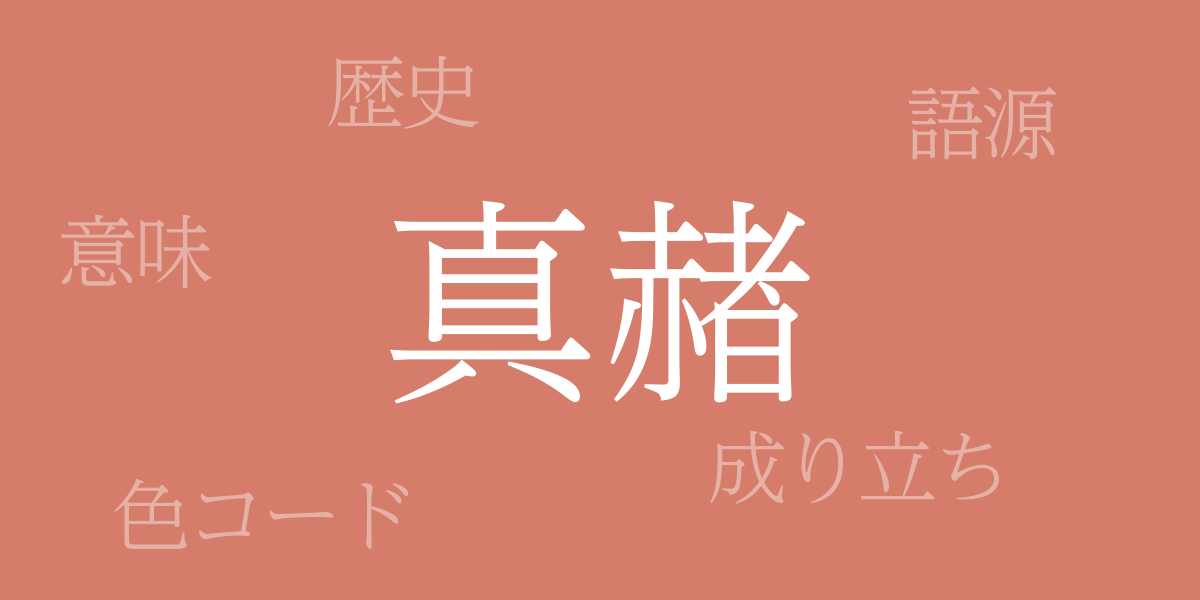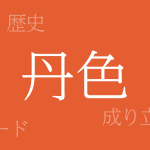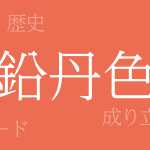Colors are a mirror that reflects culture, and among them, traditional Japanese colors hold a particularly rich history and meaning. Among the diverse array of colors, “Masoo” (真赭, まそお) has long been cherished as one of the colors representing the essence of Japanese tradition and beauty. In this article, we delve deep into the allure of Masoo and its background.
About Masoo (真赭, まそお)
Masoo is a deep red color, known for its particularly warm hue among traditional Japanese colors. This color is based on the reds found in nature, especially reminiscent of the colors of autumn leaves. In Japan, it has been used in clothing and everyday items since ancient times and has been treasured for formal occasions and festive attire.
The History of Masoo
The history of Masoo dates back to ancient times, with records of its use as early as the Nara period (710-784). During the Heian period (794-1185), it was often used in the clothing of the nobility, and its deep hue symbolized power and aristocratic dignity. As the Edo period (1603-1868) began, Masoo spread to samurai and townspeople, becoming a more familiar color.
Color Codes for Masoo
Even in modern design, Masoo has not lost its beauty. To reproduce Masoo in digital design or web design, use the following color codes:
- HEX: #D57C6B
- RGB: R:213 G:124 B:107
- CMYK: C:20 M:63 Y:53 K:0
The Western Name for Masoo
The Western name for Masoo is considered to be “Vermilion” or “Cinnabar.” These names originally come from the mineral cinnabar, which was powdered and used as a pigment or dye. Vermilion is the term used in English-speaking regions and is commonly used in the world of art and design.
Conclusion on Masoo
Masoo is not just a color; it is a color that embodies the history woven by Japanese nature and culture. Its deep red leaves a strong impression on the viewer’s heart and blends into our lives in various forms. The color of Masoo, which is incorporated into modern design while respecting tradition, will continue to be loved by many people in the future.

























